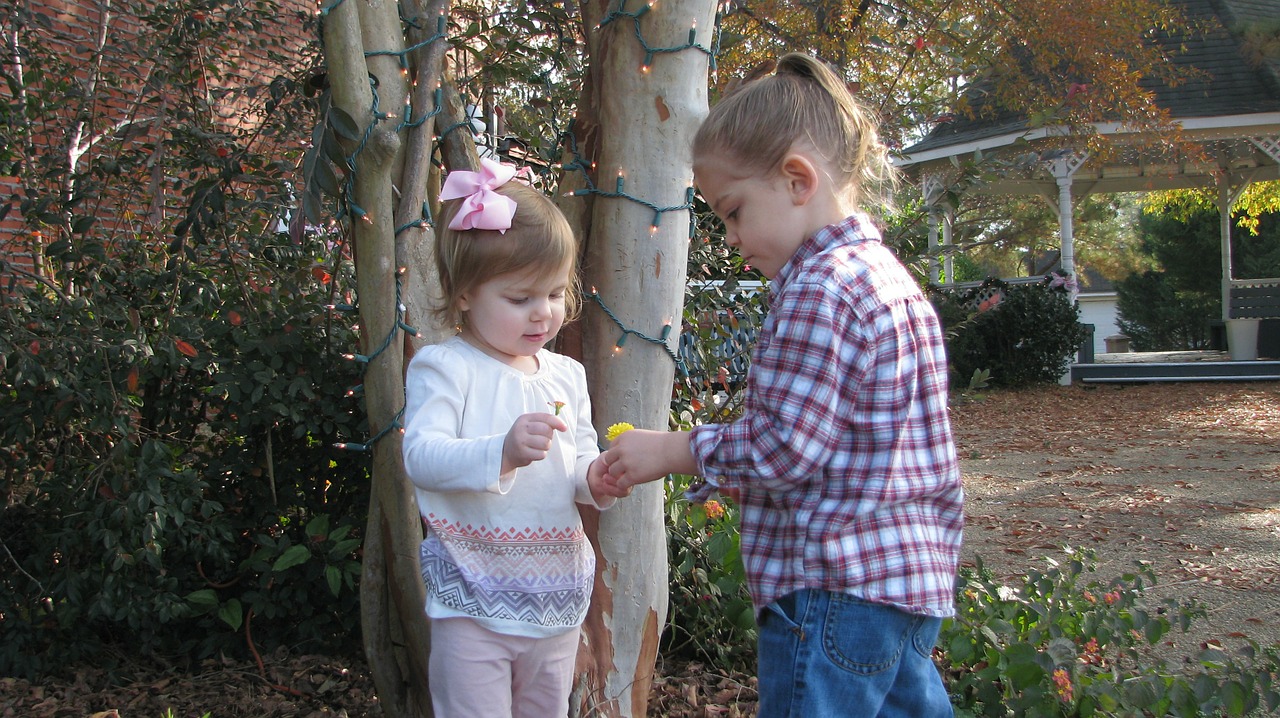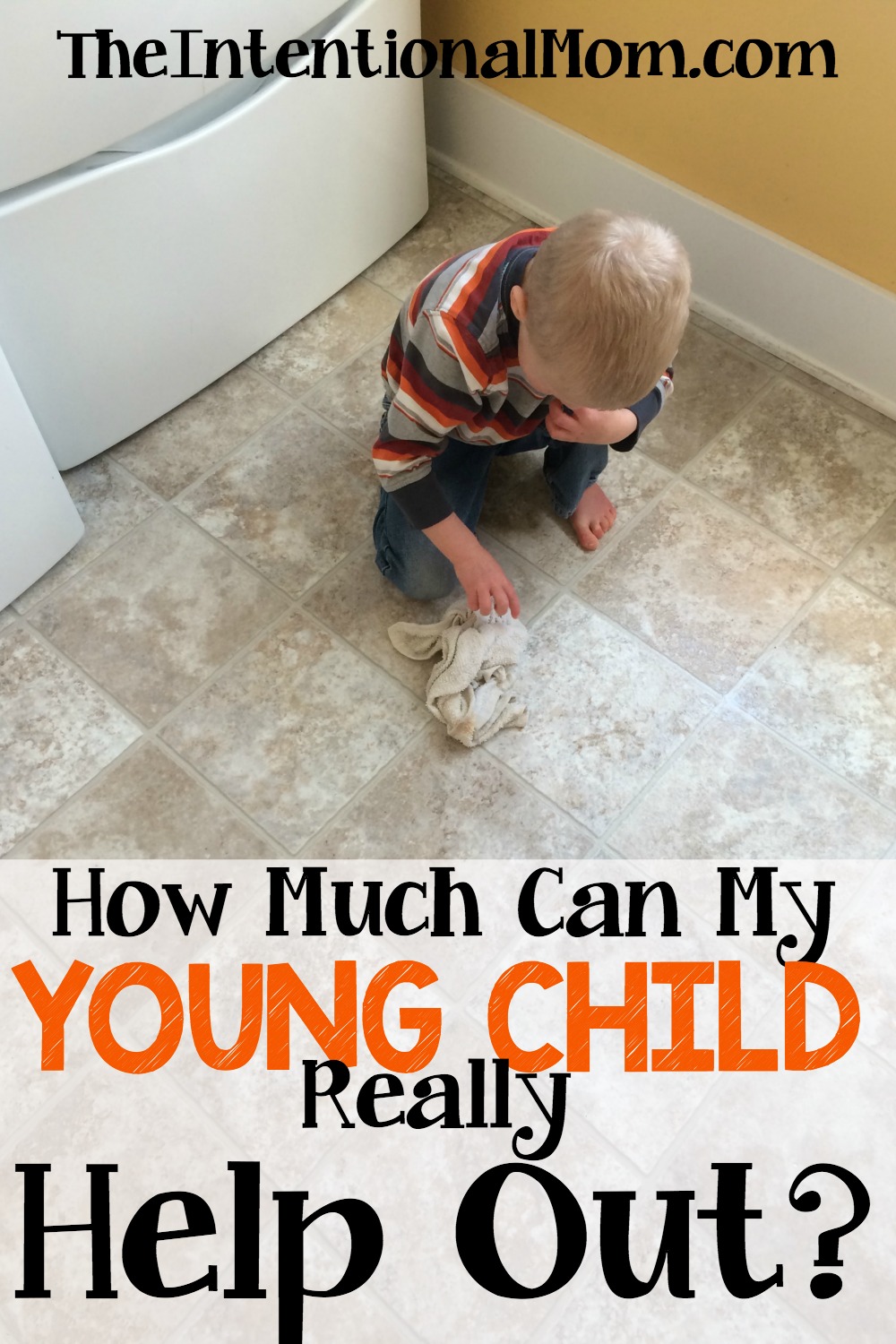How to Teach Your Kids What “I’m Sorry” Really Means
The Intentional Mom Planning System is where you need to start with our incredible collection of product options. It will help you establish the basics for your life & home so you’ll finally have a plan, save yourself time, and go to bed feeling like you accomplished something every day (because you did). Save up to 60% HERE!
Do your kids know what it means to be genuinely sorry? Do they know how to go about asking someone else for forgiveness in a sincere and heartfelt way? Do your kids know what it means to grant forgiveness?
So often conflicts happen as a result of a misunderstanding rather than because of a desire to intentionally wound another. When this is the case, a sincere apology and forgiveness are so much easier to come by.
Regardless of the reasons behind a wound that was inflicted on someone else, your child needs to know how to take ownership of what they said or did, or what they didn’t say or didn’t do. If your child is the one who has been hurt, they need to know what to expect from an apology and how to offer forgiveness, unconditionally.
In a nutshell, being sorry is a way of closing the chapter on someone being hurt. In fact, a genuine “I am sorry,” just may be more powerful than the other three words, “I love you.”
Here is howI teach my kids what I’m sorry really means.
(this post may contain affiliate links. If you make a purchase, I may receive a small commission at no cost to you)
Following these steps will hopefully be the beginning of bringing about understanding and healing, which is such an important part of being sorry.
- Being sorry must begin with the offender taking responsibility. This can be done by saying, “I’m sorry that I __________________. A sincere apology includes naming the specific event that occurred in order for genuine remorse, changed behavior, and true forgiveness to be given.
- Second, the offender must take ownership of making the other person feel __________ (whatever negative feeling occurred). It could be hurt, betrayed, angry, taken advantage of and so many more). This means, “I’m sorry that I made you feel sad,” (or whatever feeling is appropriate here).
- Third, the offender must ask for forgiveness, understanding that forgiveness is a gift that the other person will be extending to them. Saying something like, “Will you please forgive me for _________ ? (again, they must identify the behavior by speaking it out loud. This is part of being genuine).
- Fourth, the offender must offer some sort of plan to not repeat the offensive behavior. For instance, “The next time I’m angry about the mess you make in my room, I’ll stay quiet until I can speak to you respectfully rather than yell at you.”
- The person who was offended grants forgiveness, understanding that forgiveness means that the incident won’t be spoken of again. It cannot be saved as ammunition for later in any way. Forgiveness is not excusing the behavior, but forgiveness is loving the offender in spite of the wrongdoing. The offered person would say something like, “Yes, ________, I forgive you for ______. Again, a sincere apology is specific in naming the offense.
- Sixth, the offender and the offended must end with some sort of physical touch. Whether it is a hug or a fist bump, body contact must be made. The smiles and laughs that usually follow are just an added bonus 🙂
Even as adults, we can let our emotions dictate the things we say and do, which means that even we say and do things we wish we could take back. Although we can’t take things back, we can make things right going forward.
Teaching your kids how to offer a sincere apology is an essential skill they will use countless times throughout their entire life, and these are the six steps to follow if they are offering an apology. As someone who will be offended at times, these are the things they will look for in an apology from someone else was well.






I love these ideas, especially the fact that the offender has to come up with a plan to not repeat the offensive behavior again. So often, it seems that “I’m sorry” is the get-out-of-jail-free card for kids. They say, “Sorry!” and then run off to play again. This doesn’t teach kids anything and I get so frustrated when I see it. So I love that one of your steps is to ask kids to develop a plan to not do it again (i.e. this was wrong, and you should try to not do it in the future).
I shared this article with Sumitha Bhandarkar at AFineParent.com. She was looking for some resources for an upcoming article she’s working on about teaching kids how to say sorry. She plans to reference your article within hers when she releases it next week.
Sometimes it feels annoying to take the time to work through this, but these things really do help get to the heart of the matter